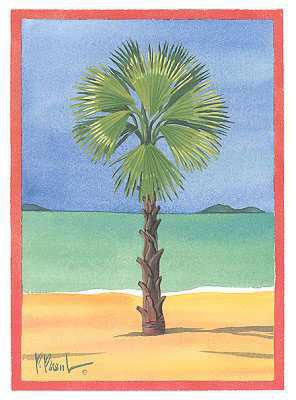 |
 |
 |
 |
 |
 |
 |
 |
 |
 |
 |
 |
 |
 |
 |
 |
 |
 |
 |
 |
 |
|
South Carolina
The Palmetto State |
|
|
 |
|
|
|
|
|
|
Newberry, South Carolina is located in an area of the state that was largely settled by Scotch-Irish, English, and German immigrants. This area was first settled in the mid-18th century. In the 19th century, the railroad arrived to Newberry and made it a leading cotton market. |
|
|
|
|
|
When visiting Newberry, you can see blocks of homes and buildings that are registered with the National Register of Historic Homes. The city recently reopened the Newberry Opera House, which was the center of cultural activity in the community from 1882 to 1930. Visitors can also see the old Court House, built in 1852 and now serving as a community hall, as well as the Ritz Theater, built in 1936 and now serving as a home for the Community Players. |
|
|
|
The State of South Carolina was one of the original thirteen colonies. When Spanish and French explorers arrived in the 16th century, they encountered two main groups of Native Americans--the Cherokee and the Catawba. In 1670, the first permanent settlement was established by the English on the coast near what is now Charleston. |
|
 |
|
|
|
|
|
|
 |
|
| The name Carolina comes from Carolinius, which is Latin for Charles. The state was named in honor of King Charles of England while Charleston was named in honor of his son, Charles II. In 1710, the colony was divided into South Carolina and North Carolina. |
|
|
|
|
|
|
The coastal lowcountry was filled with plantations that grew profitable crops such as rice and indigo. These plantations relied on slave labor to prosper, and by 1720, African slaves formed the majority of the population. These plantations made South Carolina one of the richest colonies by the time of the American Revolution. More Revolutionary War battles were fought in South Carolina than any other state. South Carolina became the eighth state to join the United States by ratifying the Constitution on May 23, 1788. |
|
 |
|
|
|
|
|
|
The Civil War was devestating for the state and its economy. South Carolina lost nearly one-fifth of its white male population. In February 1865, Union General William Sherman marched through the state, burning many plantations and most of the state's capital, Columbia, to the ground. South Carolina was occupied by Federal troops until 1877, longer than any other Southern state.
South Carolina didn't truly begin to recover from the blow of the war until the 20th century, when textiles and other industries arrived in the state. In recent years, tourism has become a major industry for the state, as visitors have discovered the state's beaches and mountains. |
|
|
|
SOUTH CAROLINA SYMBOLS
Nickname: Palmetto State
State Mottoes: Dum spiro spero (While I breathe I hope)
Animis Opibusque Parati (Ready in soul and resource)
Dance: The Shag
Tree: Palmetto
Flower: Yellow Jessamine
Fruit: Peach
Animal: White Tail Deer
Bird: Carolina Wren
Fish: Striped Bass
Dog: Boykin Spaniel
Gem: Amethyst
Stone: Blue Granite |
|
|
|
South Carolina Links
South Carolina Government
State Department of Education
The State Newspaper
SCIway |
|
|
 |
|
|
|
|




